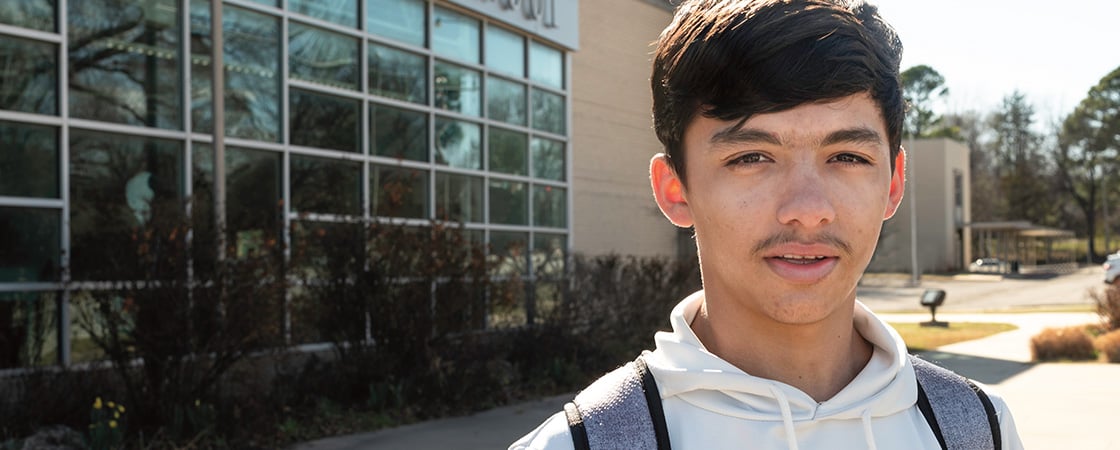The Taliban fighters were coming.
It was August 2021, and Shahrukh Khalilbeak, then 16, was watching the news from his home in Kabul, the capital of Afghanistan. Region after region was falling to the Taliban.
“It was very fast,” Shahrukh remembers.
It was only a matter of time before the Taliban took Kabul too.
The American military had been fighting the Taliban in Afghanistan since before Shahrukh was born. But now, American forces were leaving. And tens of thousands of Afghan people were trying to escape as the Taliban seized control of the country.
Amid the chaos, Shahrukh’s family found out that people who had helped the U.S. government in Afghanistan could seek refuge in the United States. Shahrukh’s father had worked for the U.S. as a truck driver. So the family rushed to the airport, hoping to get a flight out of the country.
Shahrukh didn’t know whether his family would ever be allowed to board a plane. But if they left the airport, which was being protected by the U.S. military, they could be killed.
“If we didn’t go to America,” Shahrukh says, “where would we go?”
The Taliban fighters were coming.
It was August 2021. Shahrukh Khalilbeak was 16. He was watching the news from his home in Kabul. That’s the capital of Afghanistan. Region after region was losing to the Taliban.
“It was very fast,” Shahrukh remembers.
Soon, the Taliban took Kabul too.
The American military had been fighting the Taliban in Afghanistan. The fighting started before Shahrukh was born. But now American forces were leaving. And tens of thousands of Afghan people were trying to escape as the Taliban seized control of the country.
People who had helped the U.S. government in Afghanistan could seek refuge in the United States. Shahrukh’s father had worked for the U.S. as a truck driver. So the family rushed to the airport. They hoped to get a flight out of the country.
Shahrukh didn’t know whether they would be allowed to board a plane. But if they left the airport, which the U.S. military was protecting, they could be killed.
“If we didn’t go to America,” Shahrukh says, “where would we go?”

